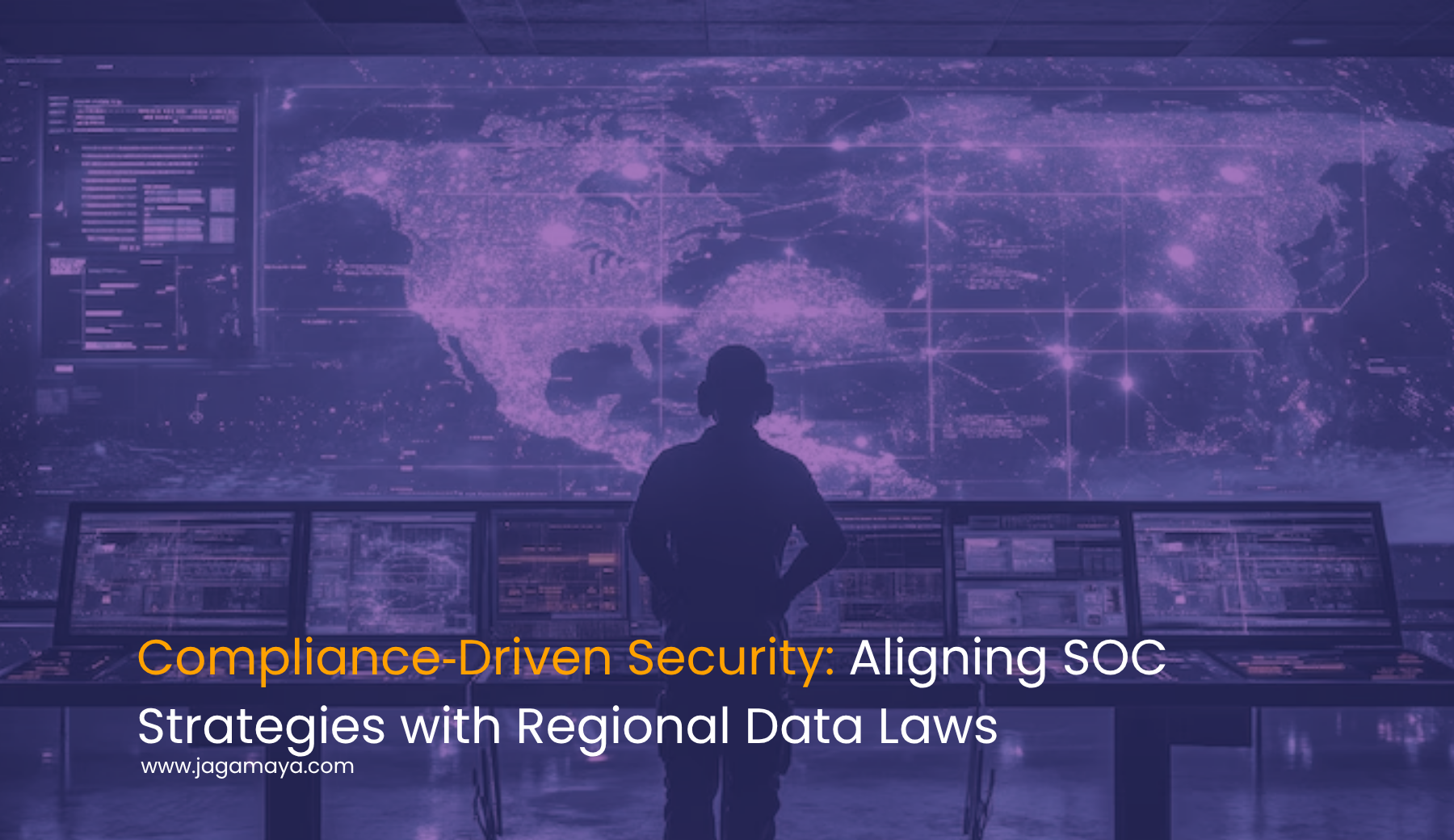1. A Fragmented Regulatory Landscape in Southeast Asia 🌏
ASEAN countries each have distinct approaches to data regulation—some mandate strict localization, others emphasize consent and transfer guidelines:
- Indonesia requires public system operators to store and process data domestically under PP 71/2019, while financial-sector private operators face sector-specific mandates .
- Vietnam’s Cybersecurity Law and Data Protection Decree enforce stringent data localization and cross‑border transfer impact assessments databreachtoday.asia+1herbertsmithfreehills.com+1.
- Singapore, Malaysia, Thailand, Philippines, and Vietnam also offer varying standards for cross‑border data transfer or breach notification, such as Singapore’s high PDPA fines and Malaysia’s proposed 72-hour breach notifications crownrms.com.
2. What This Means for SOC Operations
Security Operations Centers (SOCs) must evolve to satisfy regulatory demands:
- Data Residency in Logging & Analytics
SOC systems must ensure logs and analytic data remain within jurisdictional boundaries and are only transferred under compliant mechanisms crownrms.com+7herbertsmithfreehills.com+7arxiv.org+7. - Incident Response Aligned to Local Laws
Each country’s breach notification rules (e.g., 72‑hour window in Vietnam) require SOCs to adapt detection, verification, and escalation workflows accordingly . - Privacy-Conscious Threat Intelligence
SOCs must balance threat intelligence with personal data protection—using anonymization and adhering to consent-based data handling reddit.com. - Local Certifications & Compliance Frameworks
Incorporating regional compliance frameworks (PDPA, GDPR, ISO 27001, NIST, APEC CBPR, ASEAN MCC) strengthens SOC credibility and trust herbertsmithfreehills.com+10crownrms.com+10reddit.com+10reddit.com+3aciperspectives.com+3businesstimes.com.sg+3.
3. Tech & Architecture Best Practices
| Strategy | Benefit |
| Geo-Fenced SOC Infrastructure | Ensures logs and alerts remain in-region. |
| Hybrid Local Cloud Deployment | Enables low-latency monitoring and compliance. |
| Zero‑Trust Models | Builds policy-aligned security, regardless of physical/software location. |
| Automation & Policy Management (e.g., CBCMS) | Helps enforce multiple jurisdictions’ policies efficiently arxiv.org+1crownrms.com+1reddit.com+2arxiv.org+2sangfor.com+2. |
| Data Anonymization & Masking | Safely share threat intel across regions, complying with data privacy laws . |
4. Organizational Strategy & Governance
- Cross-Border Coordination: Teams must understand local incident response regulations—even for regional events.
- Attach Privacy to Security: COMBINE security with privacy-by-design to build resilient, compliant systems.
- Invest in Training & Certification: Enable SOC staff to obtain credentials aligned with regional standards (ISO 27001, PDPA, GDPR, NIST, APEC CBPR).
- Engage Regulators & Advisors: SOCs should maintain open communication with regulatory bodies like the ASEAN Data Protection Committee on emerging frameworks like MCCs businesstimes.com.sg+1aciperspectives.com+1.
Conclusion: Compliance as Core to Security
In the ASEAN region, compliance isn’t a checkbox—it’s foundational to SOC efficacy. With diverse data laws in play, SOC strategies that embed data sovereignty, localization, and local incident management not only reduce legal risk but also strengthen real-time cyber defense.
Compliance = Defense. Organizations that align SOC operations with regional data regulations will lead in building trusted, resilient security architectures.


Leave a Reply